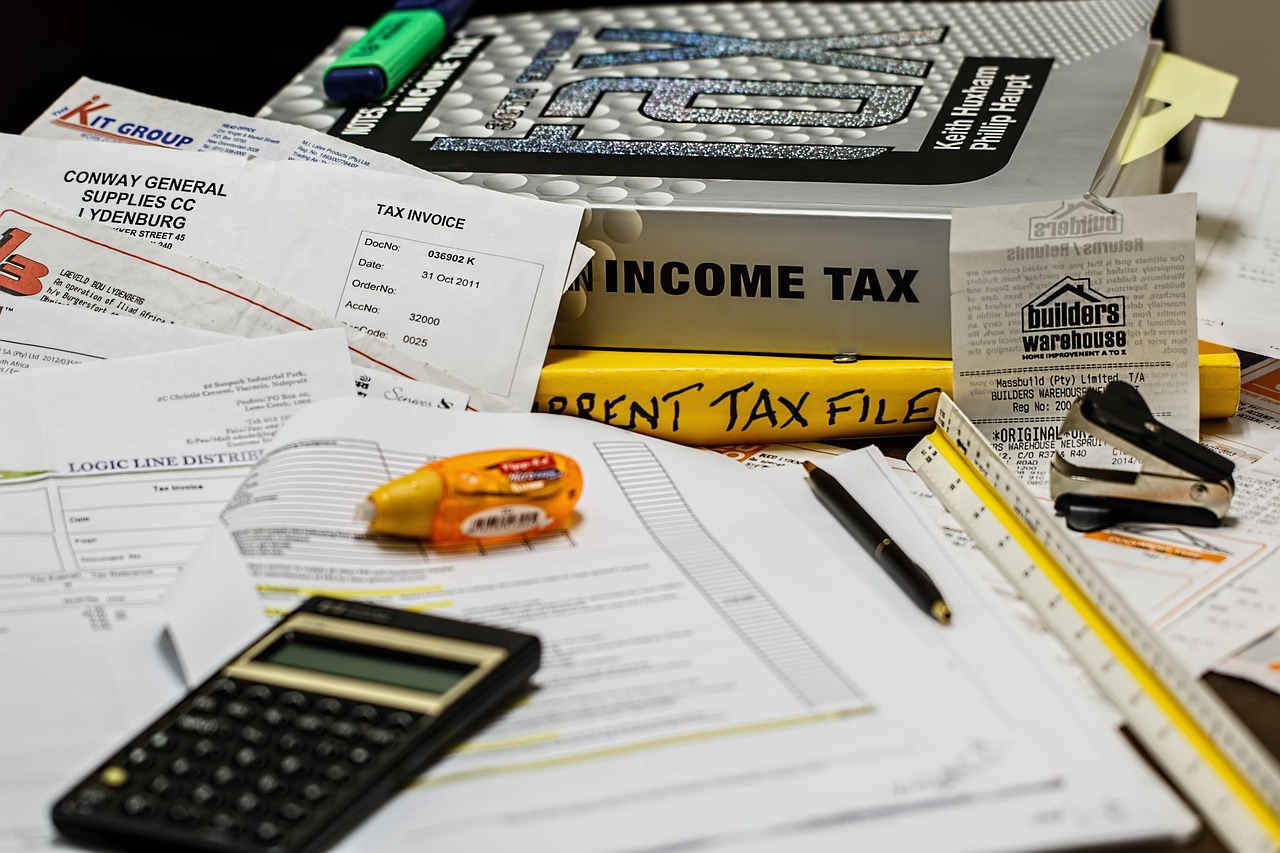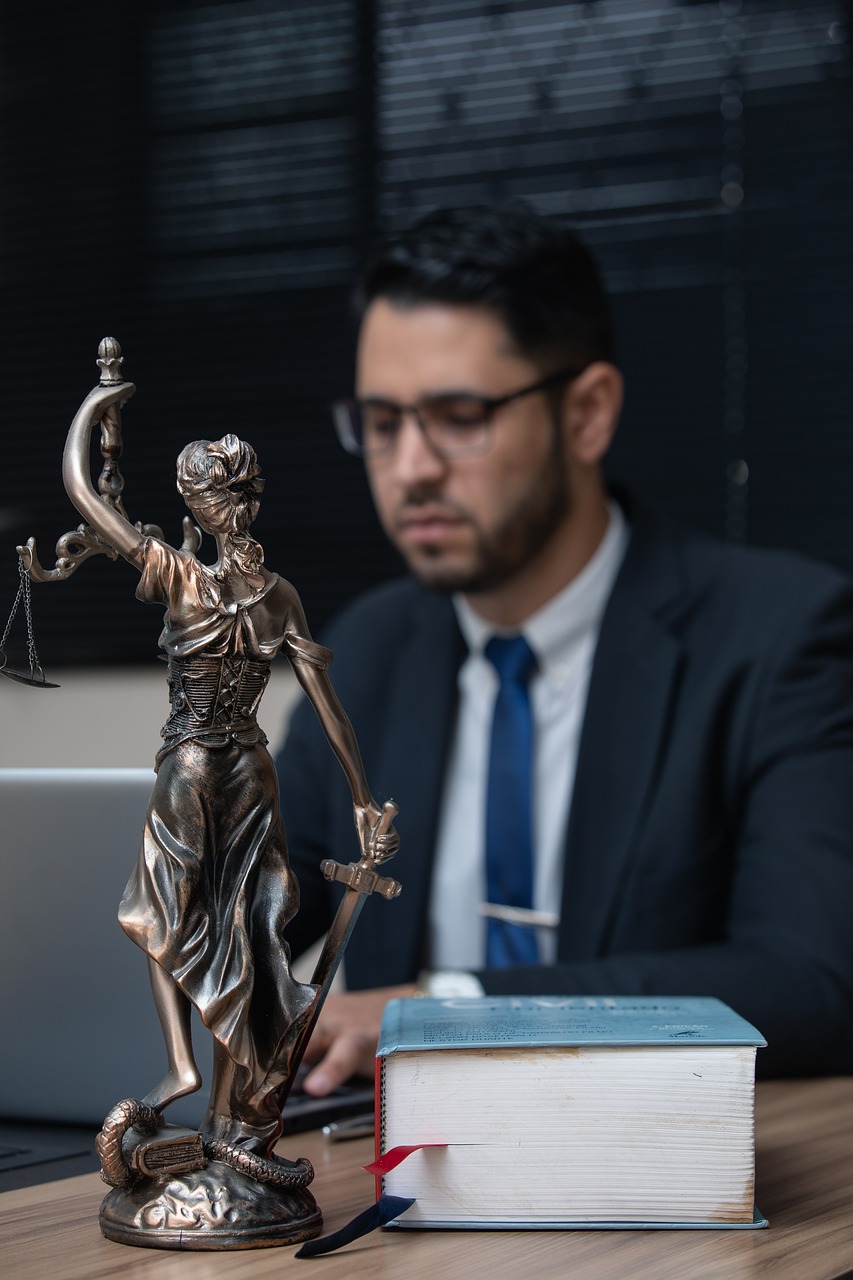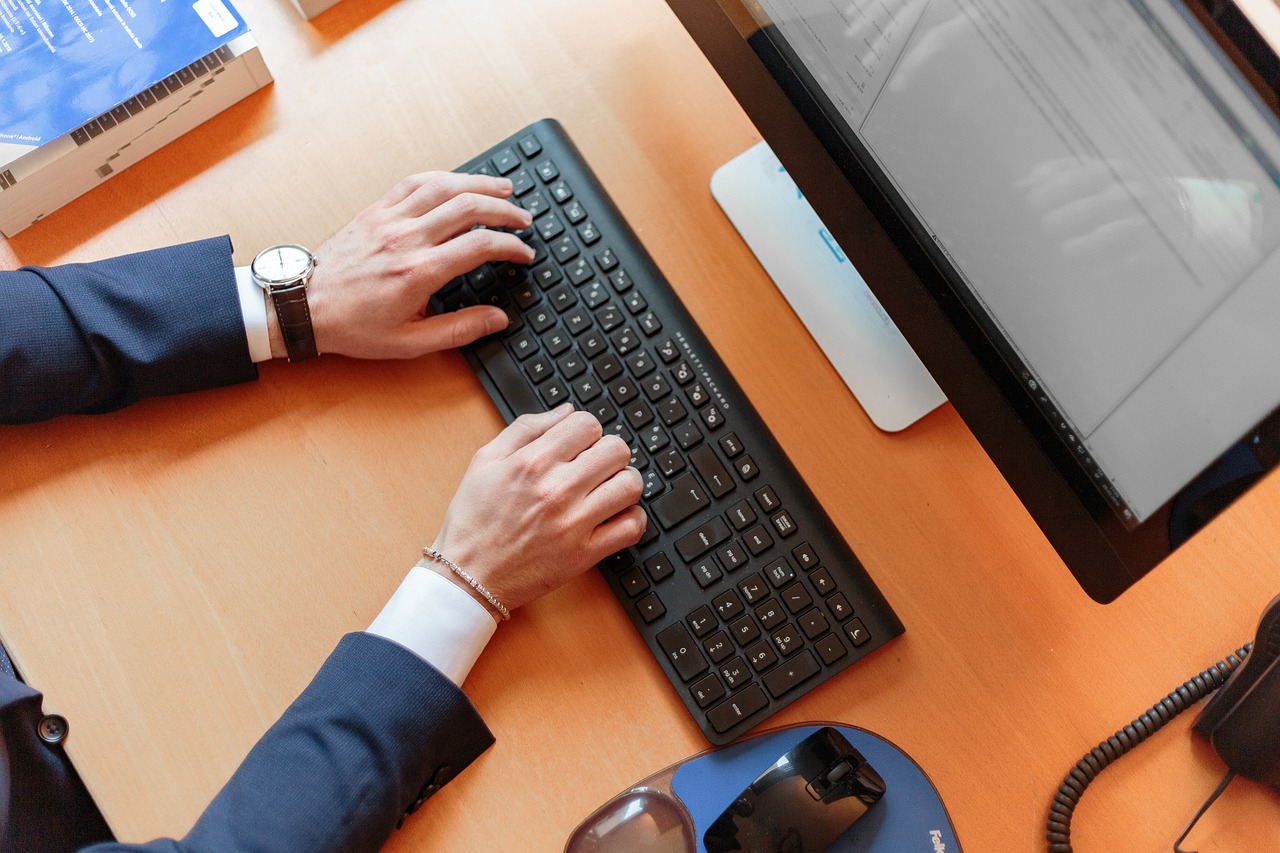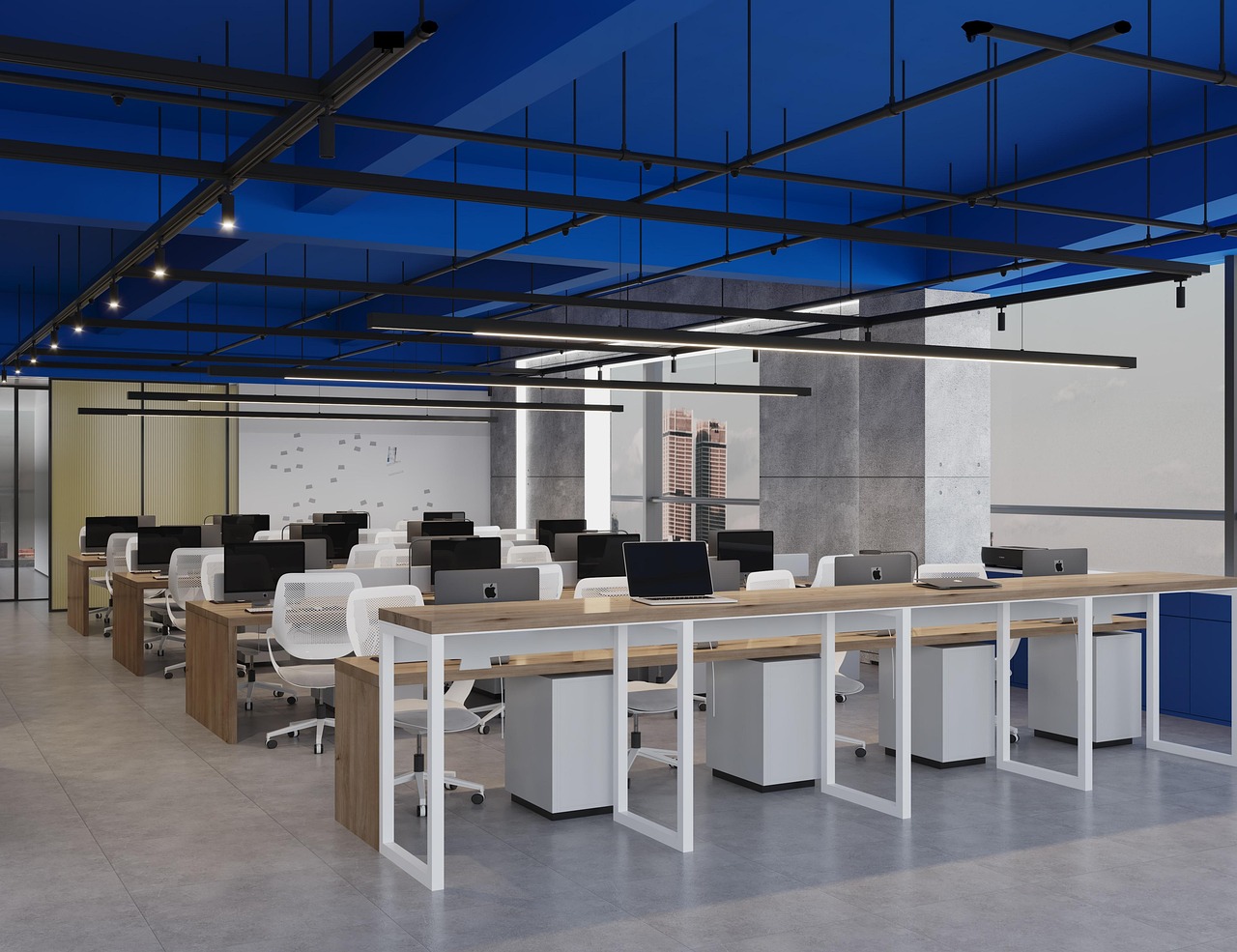When someone experiences a brain injury, their life can be profoundly impacted. Activities that were once simple may become difficult or impossible. Acquired brain injury rehabilitation is a crucial process that helps individuals regain independence, improve their quality of life, and reintegrate into their communities.
What exactly is an acquired brain injury? It refers to damage to the brain that occurs after birth, often resulting from accidents, strokes, or infections. Such injuries can lead to physical, cognitive, and emotional impairments, making it necessary for individuals to undergo rehabilitation.
Rehabilitation is the process of assisting someone in regaining skills, abilities, and functionality after an injury or illness. In the context of acquired brain injury rehabilitation, this process focuses on helping individuals recover cognitive functions, physical abilities, and emotional well-being.
The rehabilitation journey begins with a comprehensive evaluation by a team of specialists. These professionals assess an individual’s physical strength, cognitive abilities, and emotional state to create a personalized rehabilitation plan. It is a collaborative effort involving the person with a brain injury, their family, and the rehabilitation team.
Physical rehabilitation plays a significant role in acquired brain injury rehabilitation. It focuses on restoring physical strength, improving motor skills, and increasing independence. Physical therapists work with patients to develop exercises and strategies to improve balance, coordination, and mobility. Occupational therapists help individuals regain the ability to perform daily activities, such as dressing or cooking, while speech therapists assist with communication and swallowing skills.
Cognitive rehabilitation is another crucial aspect of the rehabilitation process. It centers on improving mental processes, such as memory, attention, problem-solving, and organization. Psychologists and cognitive therapists work with individuals to develop strategies and exercises to enhance cognitive functioning. They may also provide counseling to address emotional challenges that arise as a result of the acquired brain injury.
Acquired brain injury rehabilitation can be a lengthy process that requires patience and perseverance. It is not linear but instead is characterized by ups and downs. Some individuals may see rapid progress, while others may experience slower improvements. It is important to remember that every individual’s rehabilitation journey is unique.
During the rehabilitation process, an individual may encounter various challenges. Frustration, fatigue, and a sense of loss are common emotional experiences. However, with the support of their rehabilitation team and loved ones, individuals can overcome these obstacles and make remarkable strides in their recovery.
Rehabilitation does not end when a person with an acquired brain injury leaves the hospital or therapy setting. It is an ongoing process that continues long after formal rehabilitation sessions conclude. Individuals may continue to practice exercises, use strategies learned during therapy, and engage in activities that promote brain health. This commitment to long-term rehabilitation is essential for maintaining and further enhancing their progress.
Acquired brain injury rehabilitation is a critical journey towards recovery, independence, and improved quality of life. It encompasses physical, cognitive, and emotional aspects, requiring a collaborative effort between individuals, their families, and a team of rehabilitation specialists. It is a journey that demands perseverance, support, and determination. With the right resources and guidance, individuals with acquired brain injuries can achieve remarkable results and lead fulfilling lives once again.








